Advertisement
For years, artificial intelligence (AI) has been transforming technology. Neuro-symbolic artificial intelligence is a new method attracting interest lately in artificial intelligence. This combination of two effective approaches—symbolic reasoning and neural networks—offers a fresh approach to difficult issues. Neuro-symbolic artificial intelligence blends the logical framework of symbolic thinking with the learning capability of neural networks.
This method is regarded as innovative since it seeks to fix flaws in earlier artificial intelligence models. Combining these approaches helps neuro-symbolic artificial intelligence to do more difficult tasks, improve decision-making, and handle problems. It is evident that, as businesses continue to investigate the possibilities of this hybrid method, it will have a major influence on several areas. Let's explore more precisely why neuro-symbolic artificial intelligence changes everything.
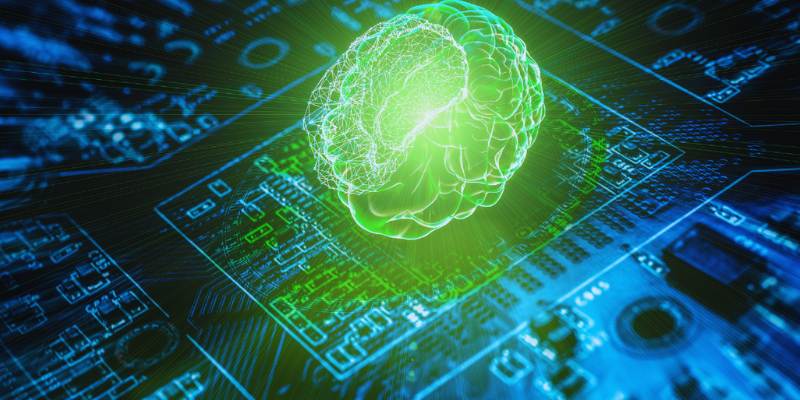
An original mix of two fundamental AI paradigms—neural networks and symbolic reasoning—neuro-symbolic artificial intelligence. Processing and learning from enormous volumes of unstructured data—such as photos, audio, and text—neural networks excel. By means of data analysis, these networks detect trends and can thus generate predictions or classifications. Neural networks sometimes find it difficult to do activities that require logical thinking or knowledge of abstract ideas. Conversely, symbolic artificial intelligence represents information and reason about relationships by means of predetermined rules and logic.
It shines at activities such as deductive reasoning and problem-solving but frequently falls short when it comes to learning from unstructured, raw data. By merging the learning capacity of neural networks with the reasoning capacity of symbolic artificial intelligence, neuro-symbolic artificial intelligence spans these two approaches. By enabling systems to learn from data and engage in logical reasoning simultaneously, this hybrid approach addresses the shortcomings of both approaches. It creates fresh opportunities for solving challenging issues in many domains.
Decision-making is improved when neuro-symbolic artificial intelligence combines the strengths of symbolic reasoning and neural networks. Although conventional neural networks struggle with jobs demanding logical reasoning or abstract thinking, they are limited to seeing patterns in vast databases. By using both learned patterns and logical principles to arrive at better-informed conclusions, neuro-symbolic artificial intelligence can tackle this. This mixed strategy allows it to manage more difficult and uncertain circumstances.
In the healthcare sector, for instance, neuro-symbolic artificial intelligence may examine medical records, create logical links, and use reason to suggest remedies or illness diagnoses. Decision interpretability is another advantage. Transparency made possible by symbolic thinking lets people know how the algorithm got to a conclusion. In sectors such as finance and healthcare, where trust, responsibility, and explainability of decisions are absolutely vital, this is especially important. The improved reasoning capacity of neuro-symbolic artificial intelligence makes it an interesting instrument for addressing practical issues.
Neuro-symbolic artificial intelligence has the potential to revolutionize many sectors. In robotics, it can raise a robot's independent capacity for decision-making. Robots can reason through their actions, allowing them to manage more difficult jobs than just responding to sensory stimuli. A robot building a product might understand patterns and use reason to determine the most effective approach to doing its job. Neuro-symbolic artificial intelligence holds great power to transform therapy and diagnosis in the medical field.
Analyzing medical data, including photos, patient history, and test findings, helps neuro-symbolic systems to make accurate predictions, spot possible health hazards, and support treatment recommendations. The finance industry stands to gain as well since artificial intelligence can examine enormous volumes of financial data to project market trends, evaluate risk, and spot fraud. In fact, neuro-symbolic artificial intelligence finds use in education, where logical thinking combined with data-driven learning customizes instruction to fit the demands of particular students.
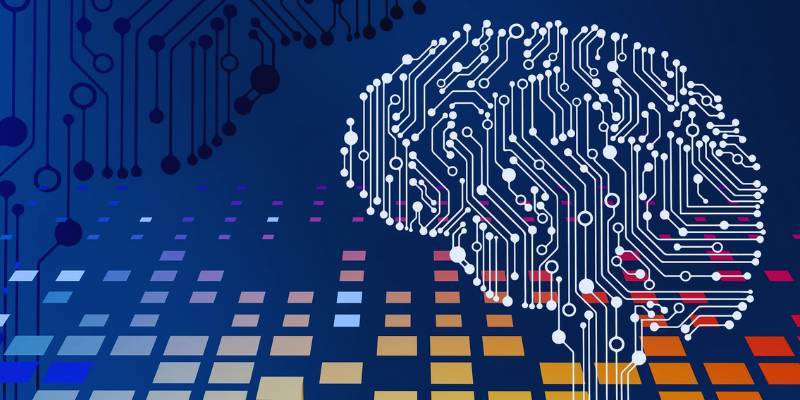
Neuro-symbolic artificial intelligence has various difficulties, even if it has great advantages. Integration—that is, connecting neural networks with symbolic thinking engines efficiently—is one of the main challenges. It is challenging to build a single model as neural networks and symbolic systems approach knowledge and information processing differently. Moreover, symbolic thinking sometimes depends on set guidelines, which can make changing surroundings inflexible and challenging to climb. In practical uses, fresh data and circumstances might not always cleanly fit into these set guidelines.
Moreover, neuro-symbolic artificial intelligence needs large volumes of high-quality data and great processing capability to operate as expected. Combining two artificial intelligence techniques is complicated. Hence, researchers have to commit significant effort and money to go above these challenges. Notwithstanding these obstacles, development keeps moving forward; as neuro-symbolic artificial intelligence develops, improvements in algorithms, hardware, and methodologies should assist in transcending these constraints.
Researchers steadily advance the development of more sophisticated and powerful neuro-symbolic artificial intelligence models. Hybrid models combine symbolic thinking engines with neural networks. This combination allows AI systems to use symbolic reasoning for logical decisions and neural networks for data processing. Another significant advancement is using reinforcement learning, a kind of machine learning whereby artificial intelligence systems learn by interacting with their surroundings and getting feedback.
Reinforcement learning allows one to improve symbolic thinking in neuro-symbolic systems, hence increasing their adaptability and accuracy over time. Researchers are striving to make neuro-symbolic AI more scalable, efficient, and relevant to a wider spectrum of activities as they keep investigating fresh methods and architectures. Cooperation among academics, businesses, and research labs is hastening the growth of this exciting discipline and bringing it ever closer to practical application.
A big advancement in artificial intelligence is neuro-symbolic artificial intelligence. Smarter, more flexible systems are produced by combining the conceptual foundation of symbolic reasoning with the capacity to learn from the data of neural networks. Though problems including scalability and integration still exist, continuous research and development are fast solving these problems. From smart cities to robots to healthcare to finance, neuro-symbolic artificial intelligence has amazing potential. Its special capacity to mix knowledge and reason will reinvent how difficult issues are resolved by technology. Neuro-symbolic artificial intelligence will be increasingly important in creating a more intelligent and efficient future as developments keep on.
Advertisement
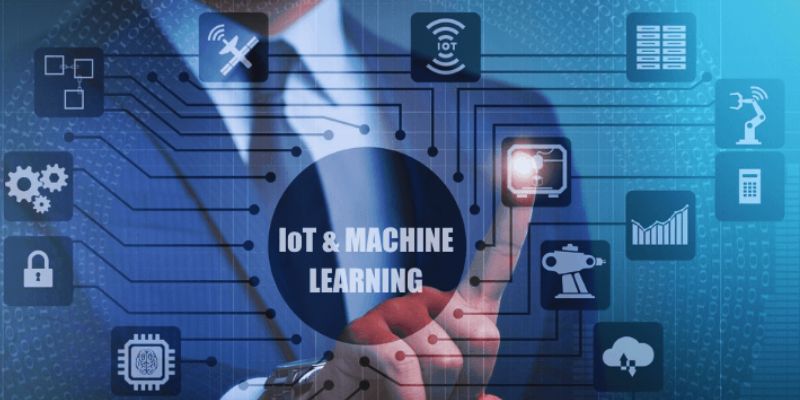
IoT and machine learning integration drive predictive analytics, real-time data insights, optimized operations, and cost savings
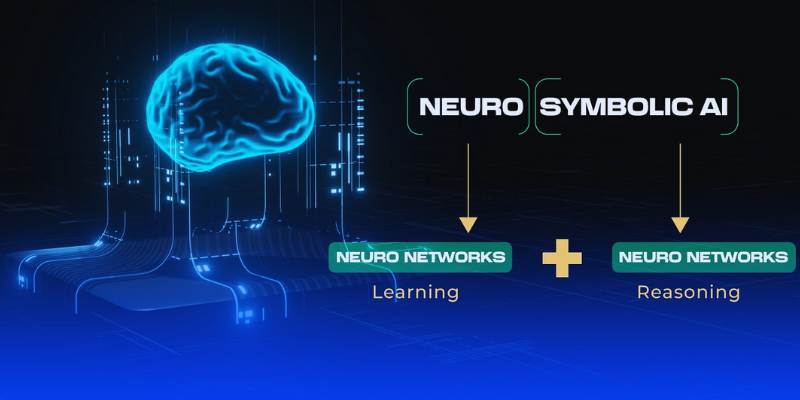
Neuro-symbolic AI blends neural learning and symbolic reasoning to create smarter, adaptable systems for a more efficient future

Still puzzled by self in Python classes? Learn how self connects objects to their attributes and methods, and why it’s a key part of writing clean code

Discover how AI transforms financial services by enhancing fraud detection, automating tasks, and improving decision-making
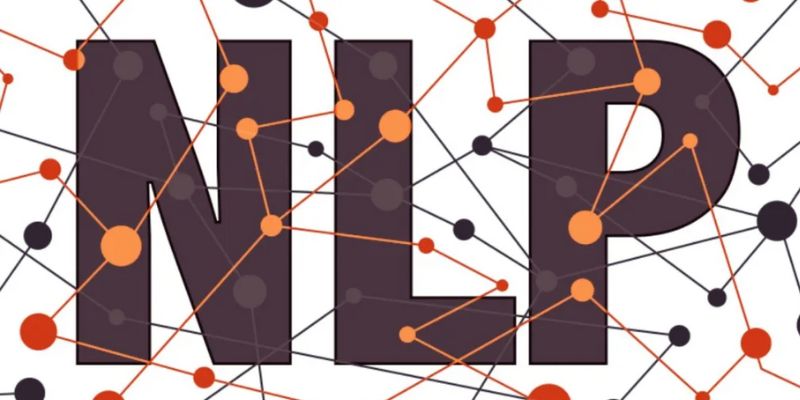
Discover how GLUE and SQuAD benchmarks guide developers in evaluating and improving NLP models for real-world applications

AI transforms sales with dynamic pricing, targeted marketing, personalization, inventory management, and customer support

Looking for the best open-source AI image generators in 2025? From Stable Diffusion to DeepFloyd IF, discover 5 free tools that turn text into stunning images
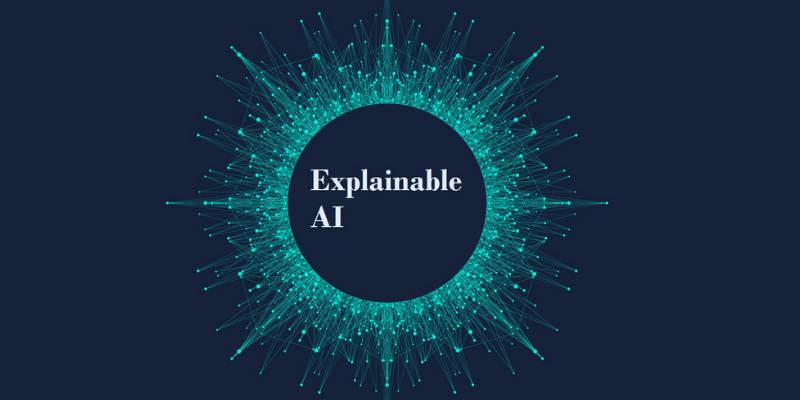
Know explainable AI techniques like LIME, SHAP, PDPs, and attention mechanisms to enhance transparency in machine learning models
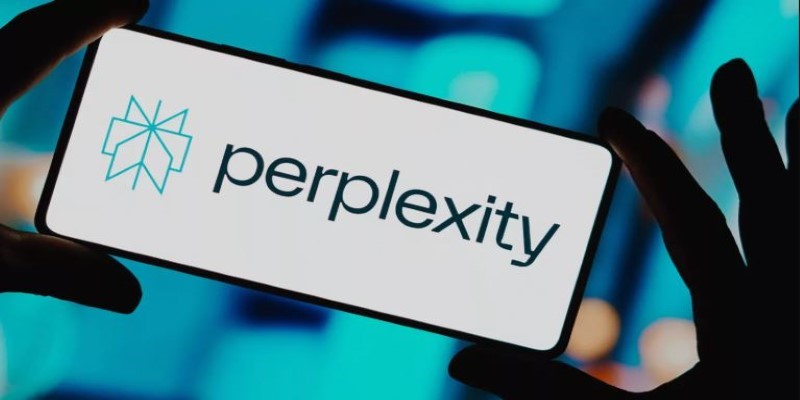
Perplexity AI is an AI-powered search tool that gives clear, smart answers instead of just links. Here’s why it might be better than Google for your everyday questions

Discover the 6 common ways to use the SQL BETWEEN operator, from filtering numbers and dates to handling calculations and exclusions. Improve your SQL queries with these simple tips!
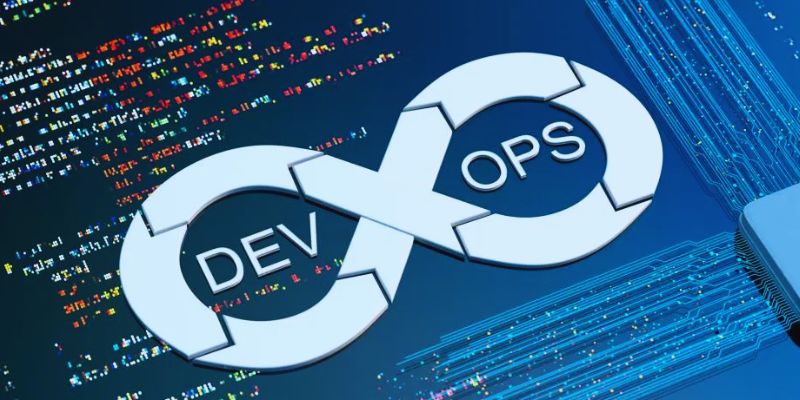
Restructure DevOps for ML models and DevOps machine learning integration practices to optimize MLOps workflows end-to-end
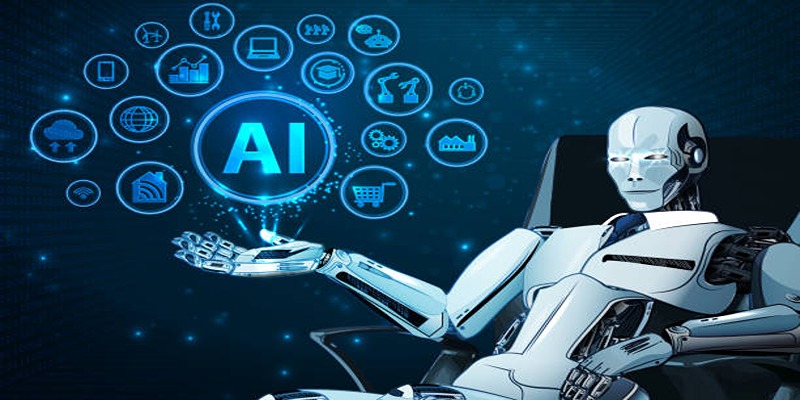
Explore how deep learning transforms industries with innovation and problem-solving power.